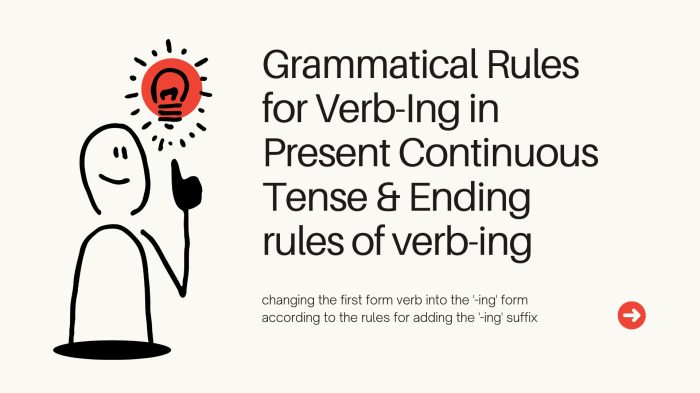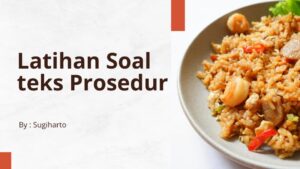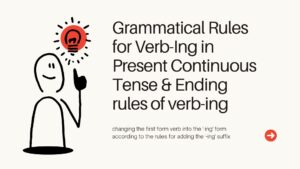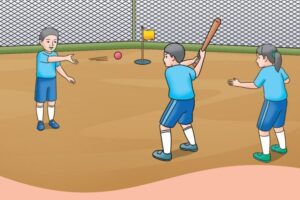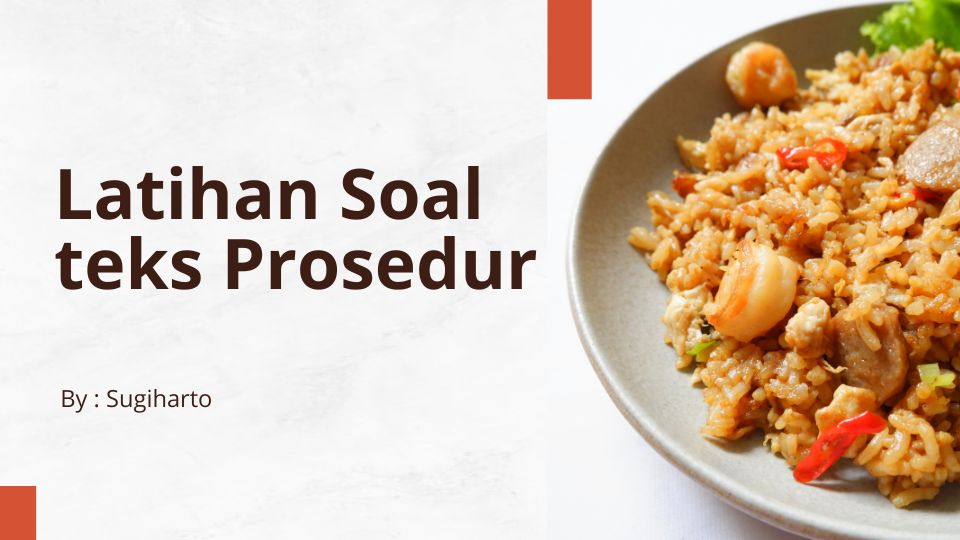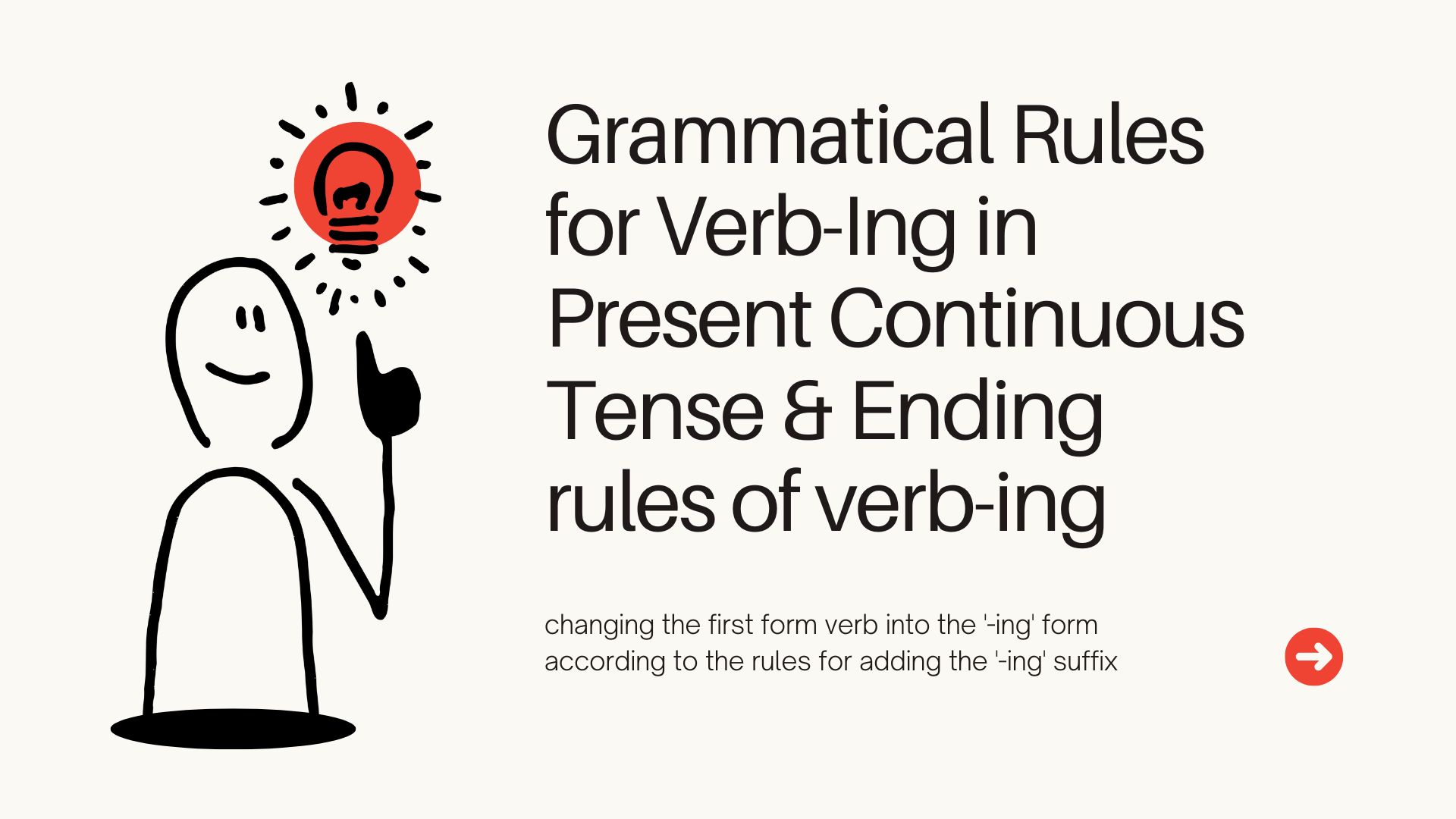The –ing form is very common in English.
We use it to make:
The present continuous tense (e.g., I am reading.), gerunds (verbs used as nouns, e.g., Reading is fun.), and participles (e.g., The running water is cold.). However, when we add –ing to a verb, the spelling sometimes changes. Here are the rules you need to remember:
🔹 Rule 1: Verbs ending with –e after a consonant → drop the –e, then add –ing
If a verb ends in silent –e (and before the –e there is a consonant), you must remove the –e before adding –ing.
Examples:
make → making
write → writing
smile → smiling
take → taking
persuade → persuading
Explanation:
The final “e” is silent and not needed when we add “–ing”. Removing it keeps the pronunciation smooth.
❌ Don’t write “makeing” or “takeing”.
🔹 Rule 2: Verbs ending with –ee → just add –ing
When the verb already ends with a double “e”, we simply add “–ing” without removing anything.
Examples:
see → seeing
agree → agreeing
flee → fleeing
Explanation:
Since there are already two “e”s, we keep them both.
🔹 Rule 3: Verbs ending with –ie → change –ie to –y, then add –ing
Changing –ie to –y helps to keep the correct sound. If we didn’t change it (like dieing), the pronunciation would be confusing.
Examples:
die → dying
lie → lying
tie → tying
🔹 Rule 4: One-syllable verbs ending with a vowel + consonant → write double the final consonant, then add –ing
If a short word (only one syllable) ends with one vowel followed by one consonant (except w, x, or y), double the last consonant before adding “–ing”.
Examples:
cut → cutting
sit → sitting
stop → stopping
jog → jogging
dig → digging
swim → swimming
Explanation:
Doubling the consonant keeps the vowel sound short (e.g., sit → sitting not siting).
Do not double consonants w, x, or y.
🔹 Rule 5: Verbs ending with –y → just add –ing
The ending “–y” does not change when we add “–ing”.
Examples:
play → playing
enjoy → enjoying
apply → applying
🔹 Rule 6: Two-syllable verbs ending with (vowel + consonant) → just add –ing
For most two-syllable verbs, we don’t double the final consonant, unless the stress is on the second syllable. These words are not stressed on the last syllable, so we just add “–ing” directly.
Examples:
pilot → piloting
happen → happening
offer → offering
visit → visiting
🔹 Rule 7: Verbs ending with –l → double the “l” and add –ing
In British English, we double the letter “l” after a vowel.
In American English, it’s usually written with one “l” (traveling).
Both forms are correct, but be consistent with the style you use.
Examples:
control → controlling
propel → propelling
expel → expelling
travel → travelling
🔹 Rule 8: Verbs with two vowels + consonant → just add –ing
When there are two vowels before the final consonant, we don’t double the consonant. The vowel sound is already long, so no double consonant is needed.
Examples:
rain → raining
wait → waiting
clean → cleaning
✅ Summary
- Drop –e, add –ing make → making after a consonant
- Keep –ee, add –ing see → seeing no change
- Change –ie → –y + ing die → dying to keep sound
- Double consonant (1 syllable) sit → sitting C not w, x, y
- Ending –y, just add –ing play → playing no change
- Two syllables (unstressed) visit → visiting adds directly
- Ending –l, double it travel → travelling BrE spelling
- Two vowels + consonant rain → raining no double needed
Use these rules for writing the verb ending -ing to write sentences in the present continuous tense correctly. To help students better understand the concept of present continuous tense sentences, you can access the worksheet in the following listening activity https://www.liveworksheets.com/worksheet/en/english-second-language-esl/50917 and video concept https://www.youtube.com/watch?v=KnkqmIKrw48&t=287s to find all of present continuous sentences.

